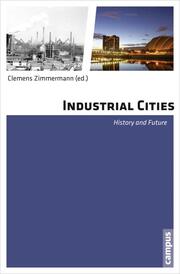Detailansicht
Industrial Cities
History and Future
ISBN/EAN: 9783593399140
Umbreit-Nr.: 4949850
Sprache:
Englisch
Umfang: 368 S.
Format in cm: 2.8 x 22 x 15
Einband:
gebundenes Buch
Erschienen am 10.09.2013
Auflage: 1/2013
€ 46,00
(inklusive MwSt.)
Nachfragen
